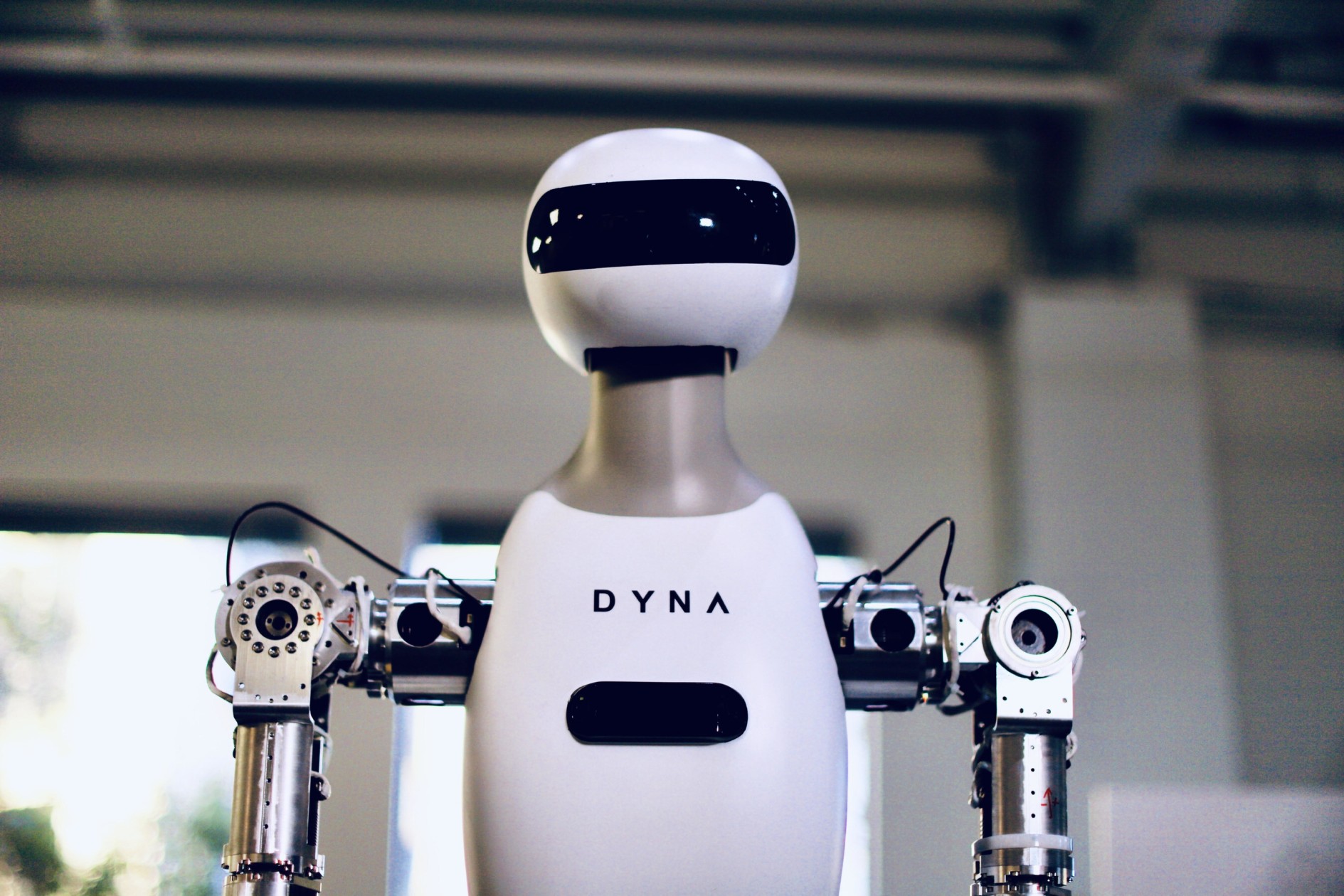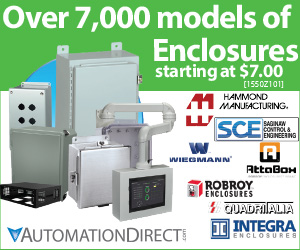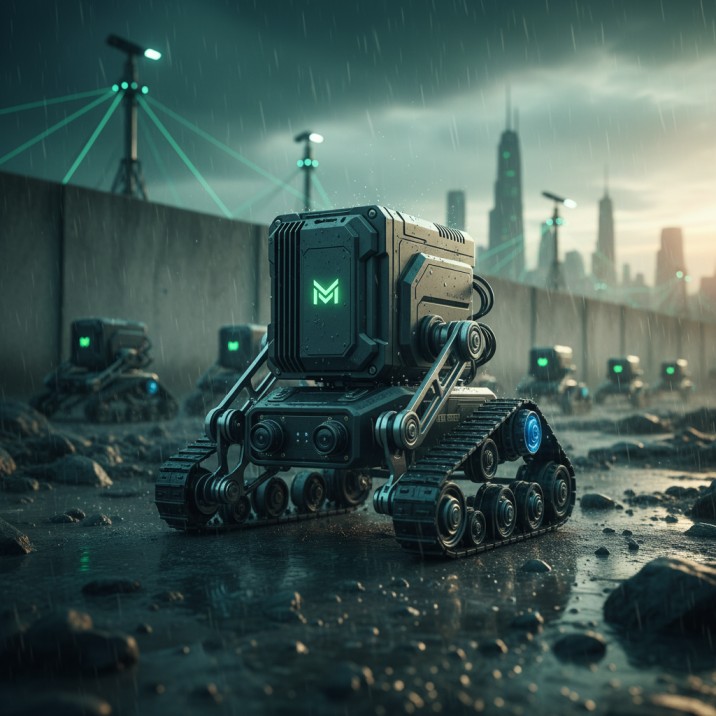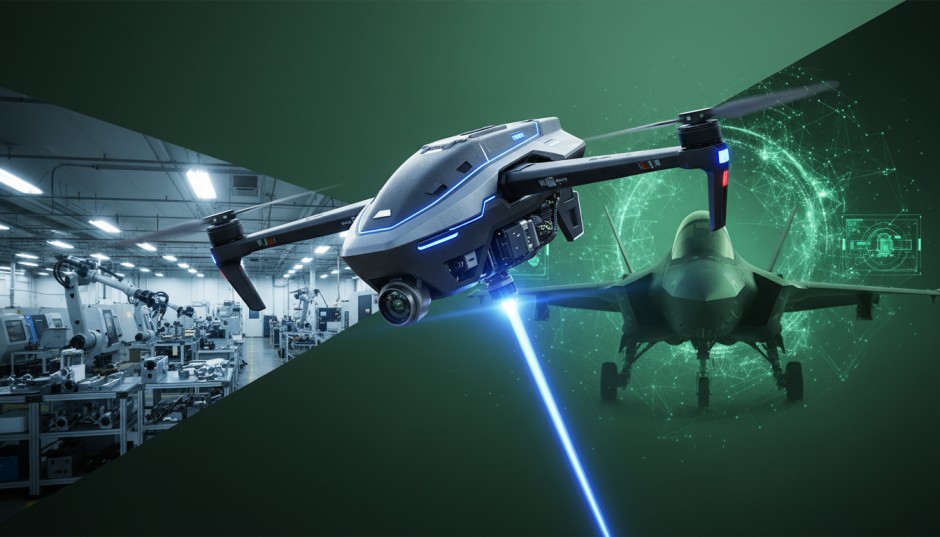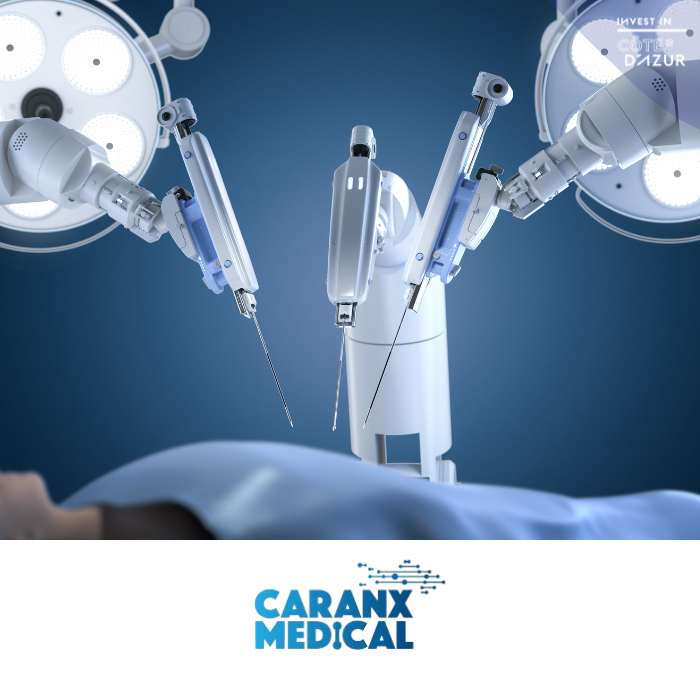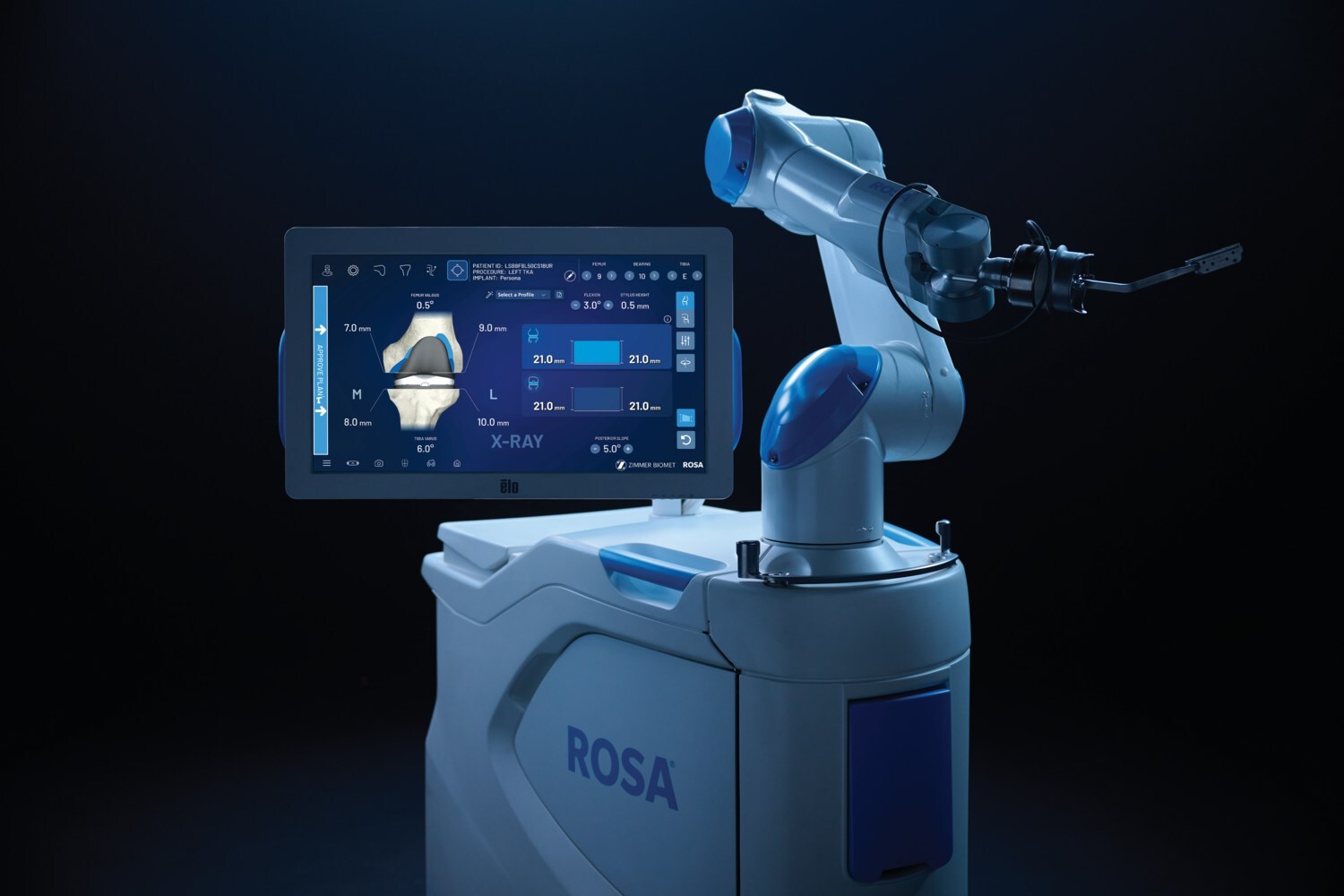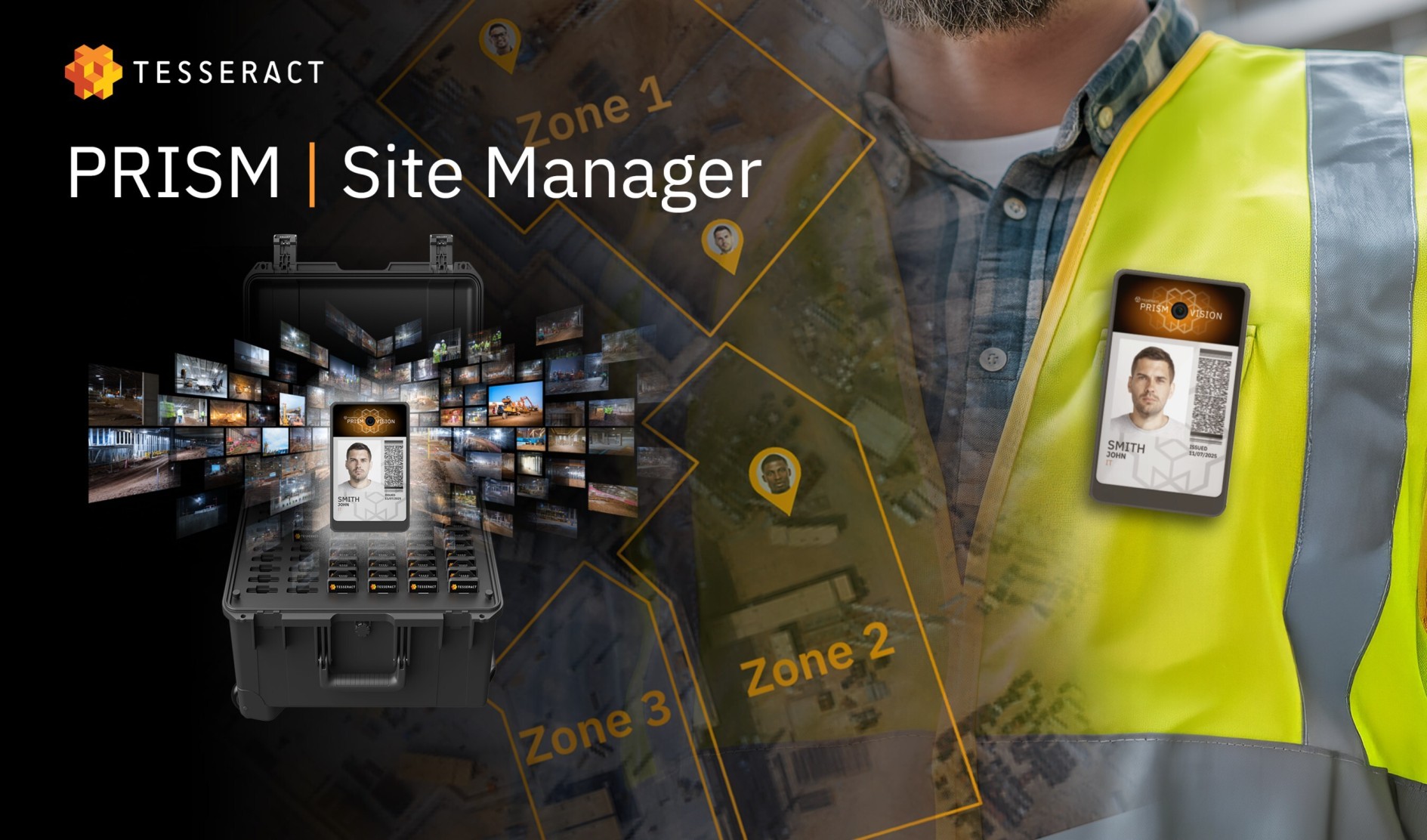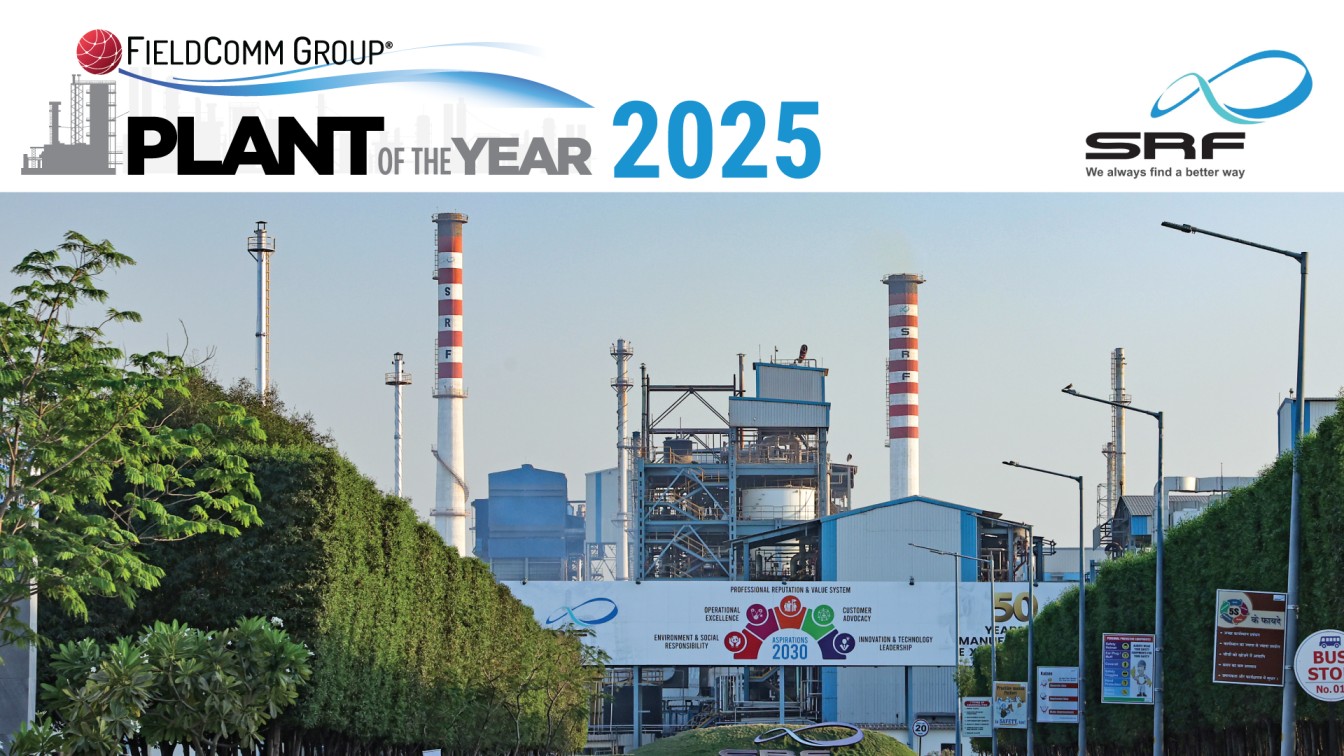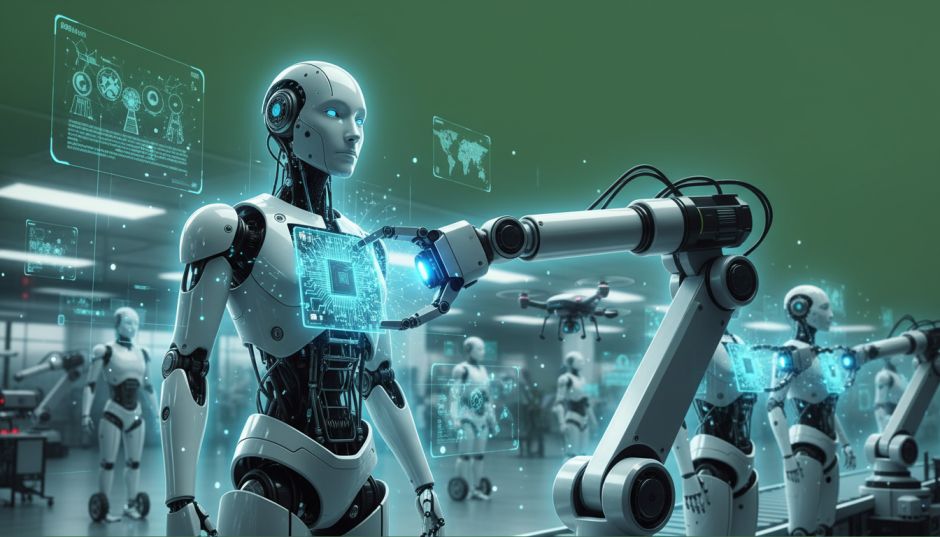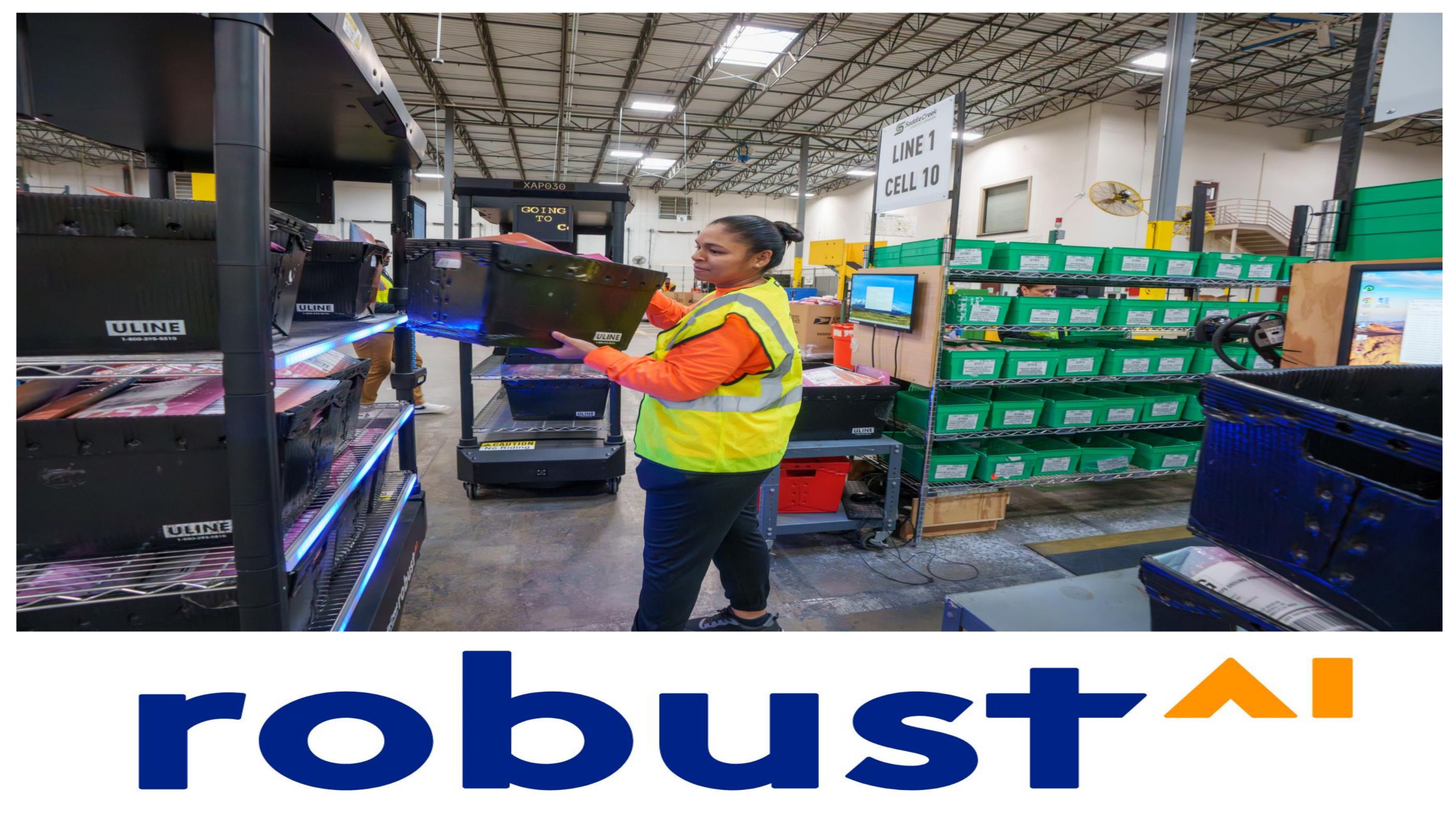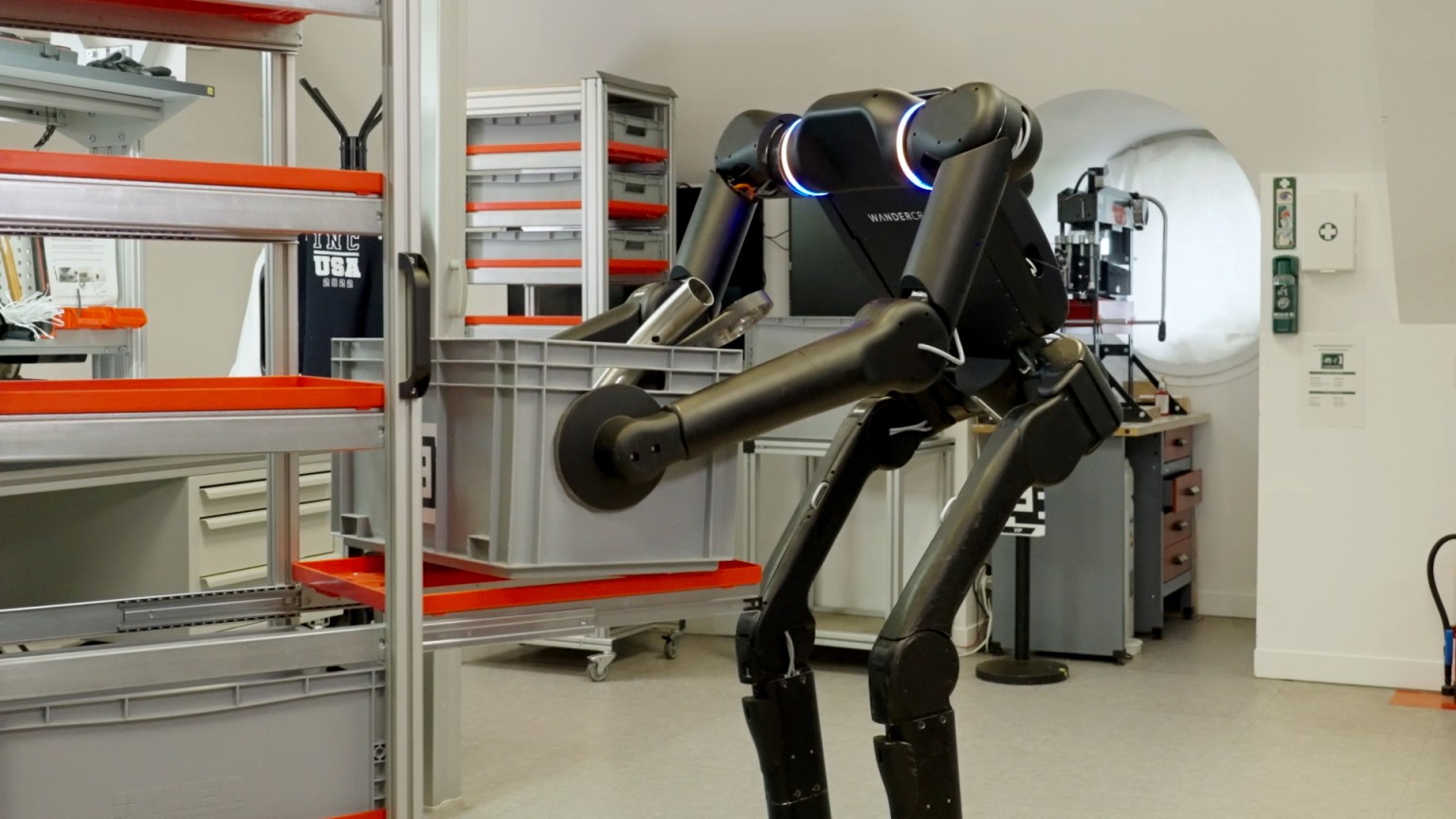Dyna Robotics Secures $120M Series A to Accelerate Development of General-Purpose Robots
Robostrategy, CRV, NVIDIA’s NVentures, Amazon, Samsung, and LG back Dyna’s mission to build next-generation foundation models for high-performance commercial robots.
Image Courtesy: Public Domain
Dyna Robotics announced it has closed a $120 million Series A funding round, led by Robostrategy, CRV, and First Round Capital, with participation from Salesforce Ventures, NVentures (NVIDIA's venture capital arm), the Amazon Industrial Innovation Fund, Samsung Next, and LG Technology Ventures. The new capital will be used to expand its world-class research and engineering team and accelerate the development of its next-generation foundation model as the company works to deliver high performance general-purpose robots in commercial environments.
Dyna has made rapid progress since raising a $23.5 million seed round in March, including launching its DYNA-1 model, a breakthrough robotics foundation model that pushed the performance of robots to a 99+% success rate in 24 hours of non-stop operation. After just six months, Dyna's robots were running sixteen hours a day at hotels, restaurants, laundromats, and gyms.
Dyna is the first to build a single-weight, general-purpose foundation model that can perform diverse daily tasks at commercial scale across varied environments. Its model has been deployed at multiple customer sites, supporting the model's generalization commercial viability and continuing to learn and improve rapidly from on-the-job experience.
"A strong foundation model is key to scalable distribution," said Lindon Gao, co-founder and CEO of Dyna Robotics. "Our models continuously improve with each customer deployment, generating high-quality data. We are observing true generalization as our robot enters new environments; it simply works out of the box, with no additional data."
"Our first principle is to design robot foundation models that attain both generalization and performance," said co-founder Jason Ma, a former DeepMind research scientist who has focused his career on developing foundation models for robotics. "Scalable real-world robot learning systems need to master and generalize many manipulation skills. To achieve the best performance on complex tasks, Dyna's foundation models are developed to enable general world understanding while learning from the models' own experience for rapid online learning."
Dyna co-founders Lindon Gao and York Yang teamed up with Ma after seeing the potential to advance AI through real-world applications first-hand while building Caper AI, which combined software and hardware to bring AI-powered smart carts to retailers worldwide. Their product made rapid advancements as soon as it went into production, and the company exited in 2021 for $350 million.
By combining their experience creating practical, production-ready AI with deep research expertise and building a world-class team of researchers and operators, they are building embodied AI robots that are useful for businesses now, using that "on-the-job" experience to build toward physical AGI.
"Right now, three forces are colliding at once: AI breakthroughs are maturing, hardware is accelerating, and the demand for labor has never been higher. That convergence has created a once-in-a-generation opportunity," said co-founder York Yang. "Dyna has made rapid progress over 12 months and we believe our ultimate goal, achieving physical AGI, is not far off."


